Beauty editors don’t play around when it comes to selecting the best sunscreens available. The decision to make sunscreen a regular part of your routine is ultimately influenced by a number of things. The way it is formulated is crucial. Is there a white cast left behind? Will it aggravate sensitive or acne-prone skin? Does it go well with cosmetics? Fortunately, beauty editors are available to address all of the pressing issues raised above. Don’t worry, we test a number of sunscreens each month so we can recommend a couple that are suitable for everyone.
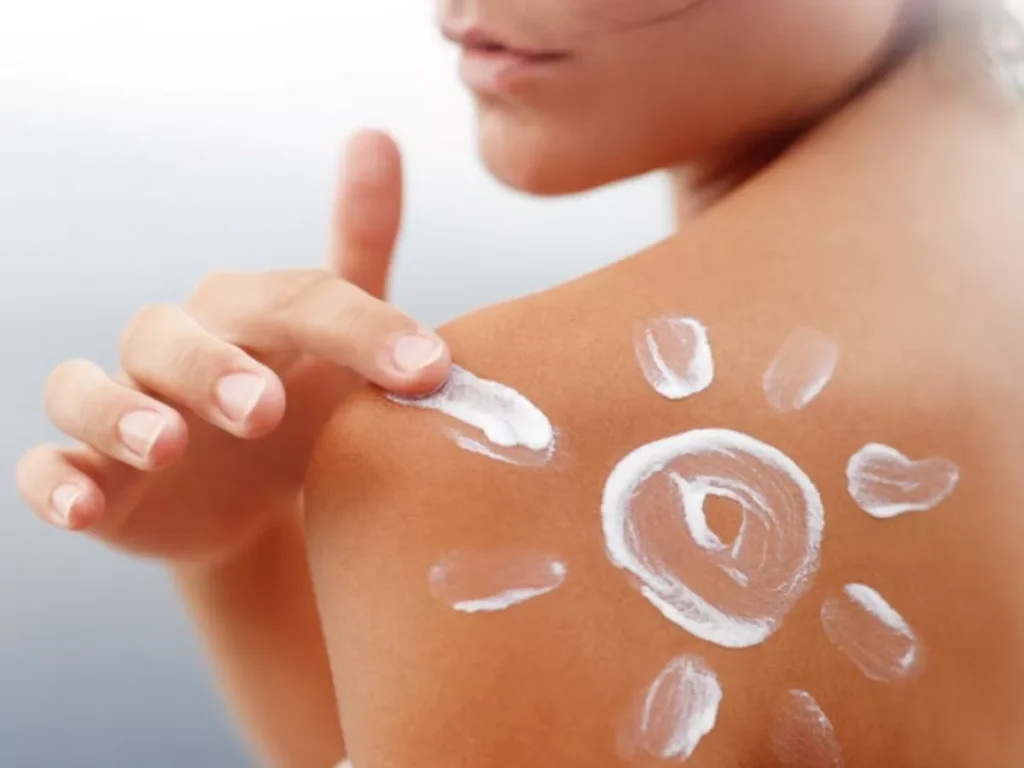
As I mentioned above, I know that a lot of people who wear makeup look at how well an SPF will blend with other products like foundation, primer, or skin tint. After determining whether it affects my skin at all—a crucial step when dealing with sensitive, acne-prone skin—it’s the second item I test for. You’ve come to the correct place if you’re in a similar situation and need some recs. I asked beauty editors to recommend the top sunscreens for all skin types to wear under makeup. To see all of our favorites, continue reading below.
The Best Sunscreens to Wear Under Makeup, Listed
- Best Overall: Naked Sundays Collagen Glow Perfecting Priming Lotion SPF 50 +
- Best Radiant Finish: Supergoop! Glowscreen Sunscreen SPF 40
- Best for Sensitive Skin: Beauty of Joseon Relief Sun Rice + Probiotics SPF 50+
- Best for Acne-Prone Skin: EltaMD UV Clear SPF 46
- Best for Oily Skin: Black Girl Sunscreen Make It Matte Sunscreen
- Best for Dry Skin: Isntree Hyaluronic Acid Watery Sun Gel
- Best Stick: Supergoop! Glow Stick Sunscreen SPF 50
- Best for Combination Skin: SkinCeuticals Physical Fusion UV Defense SPF 50
The Best Sunscreens to Wear Under Makeup
Best Overall: Naked Sundays Collagen Glow Perfecting Priming Lotion SPF 50+
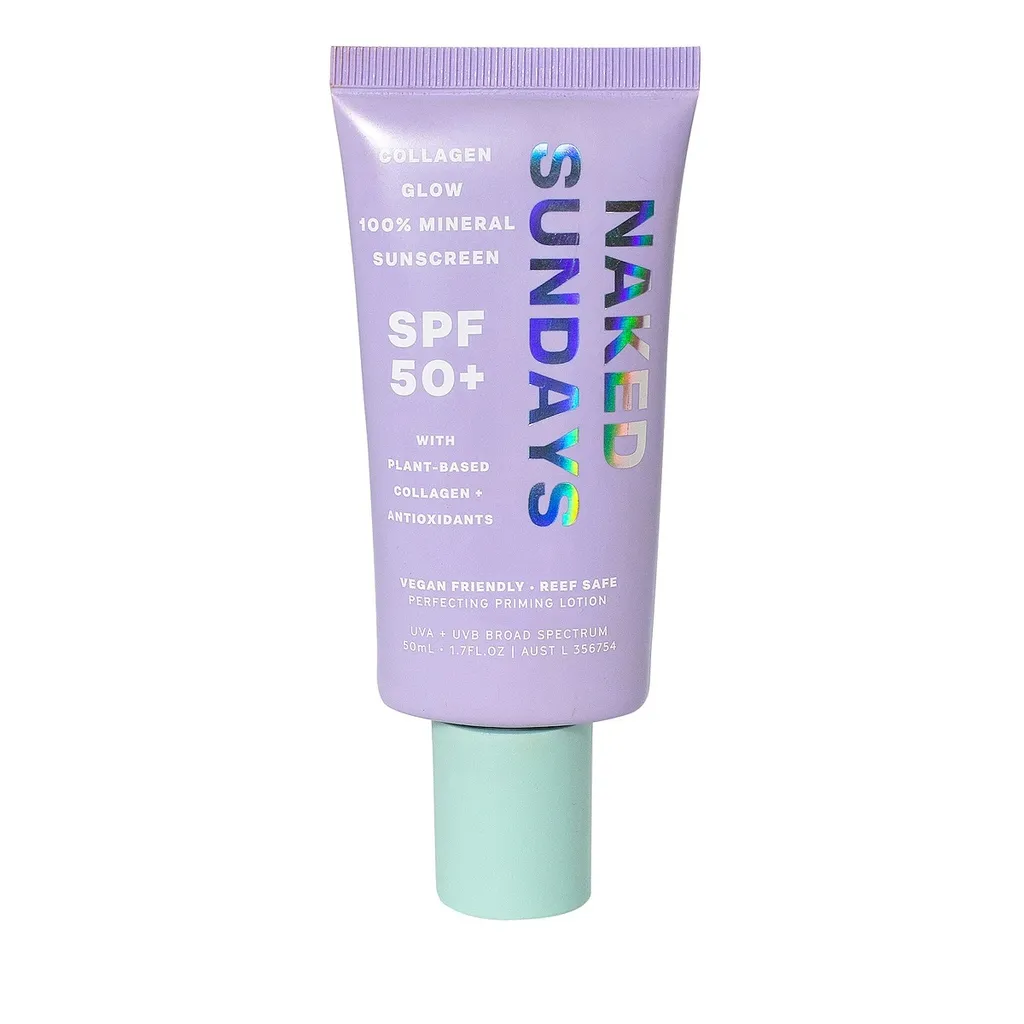
Naked Sundays’ recipe is specifically designed to be used under makeup. It’s an SPF-primer combination that produces a flawless, radiant foundation base with a rather small list of ingredients for a sunscreen. It has never irritated or produced breakouts on my extremely sensitive, acne-prone skin. If you dislike chemical filters in your sunscreen, it offers mineral-only protection while hydrating and protecting all skin types.
- Protection type: Mineral
- Zinc oxide is one of the active components.
- Yes, it is water resistant.
- Advantage: Produces a blurring effect that complements cosmetics.
Positive evaluation: “This cream is revolutionary for oily girls who desire naturally glowing skin without having to constantly blot or apply powder! In addition to protecting my skin, it gives it a really healthy appearance. Additionally, unlike some mineral sunscreens, it doesn’t clog my pores. This is a chef’s kiss when paired with a little concealer or stick foundation.
Best Radiant Finish: Supergoop! Glowscreen Sunscreen SPF 40
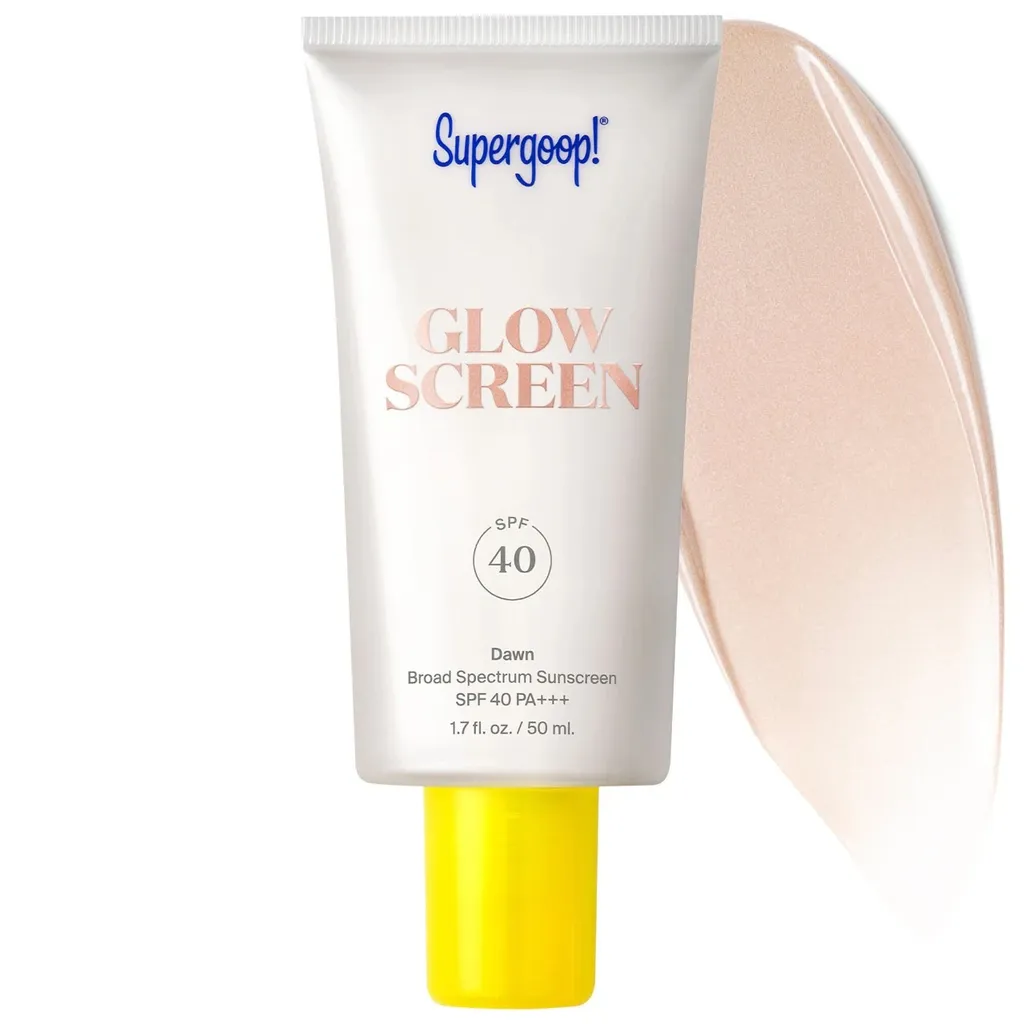
Almost every member of the WWW beauty team can attest to this Supergoop cult favorite! If you like a pearly, glowing finish to combine with your foundation, you’ll adore this one. Throughout the day, hyaluronic acid, vitamin B5, sea lavender, and cocoa peptides additionally support healthy, hydrated skin.
- Protection type: chemical
- Avobenzone, octisalate, octocrylene, hyaluronic acid, vitamin B5, sea lavender, and cocoa peptides are the active constituents.
- Not water-resistant
- Pro: Provides a delicate glow to the skin
- Cons: For oily skin, it could be excessively heavy.
- Positive evaluation: “I’ve been using this one for the past two years and I still adore it. It doesn’t feel like sunscreen and isn’t sticky at all. It seems like a moisturizer to me. I adore it so much.
Best for Sensitive Skin: Beauty of Joseon Relief Sun: Rice + Probiotics SPF 50+
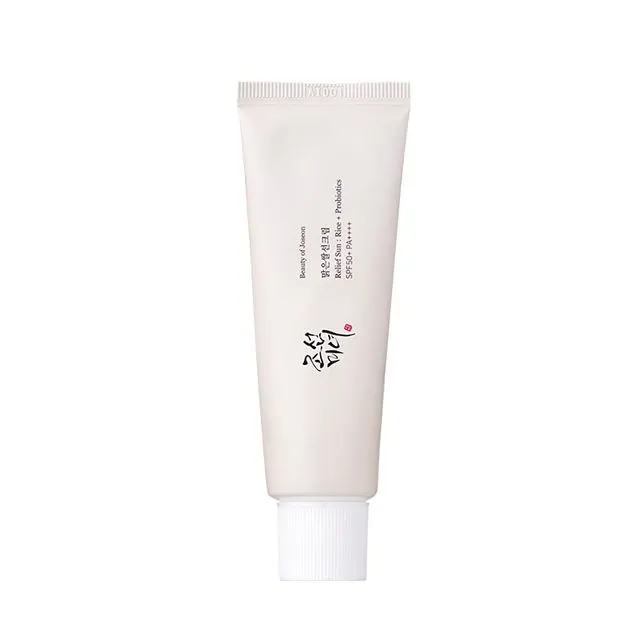
I have to be cautious with the sunscreens I use every day because my skin is quite sensitive. Other than the Naked Sundays formula I described earlier, this is my second favorite to wear under makeup. It seems more like a moisturizer than an SPF and has a really creamy texture. It leaves no white cast at all and soothes the skin. After using it, my skin always feels incredibly soft, and applying makeup is made even easier.
- Protection type: chemical
- Active components: rice extract and niacinamide
- Not water-resistant
- Advantages: The white cast goes away fast.
- Cons: Reapplies after perspiration or contact with water.
- Positive review: “The finish of this sunscreen is smooth and hydrating without being oily or greasy. It has no alcohol or aroma and feels incredibly smooth across the skin. It works great under makeup and doesn’t cause eye irritation.
Best for Acne-Prone Skin: EltaMD UV Clear SPF 46
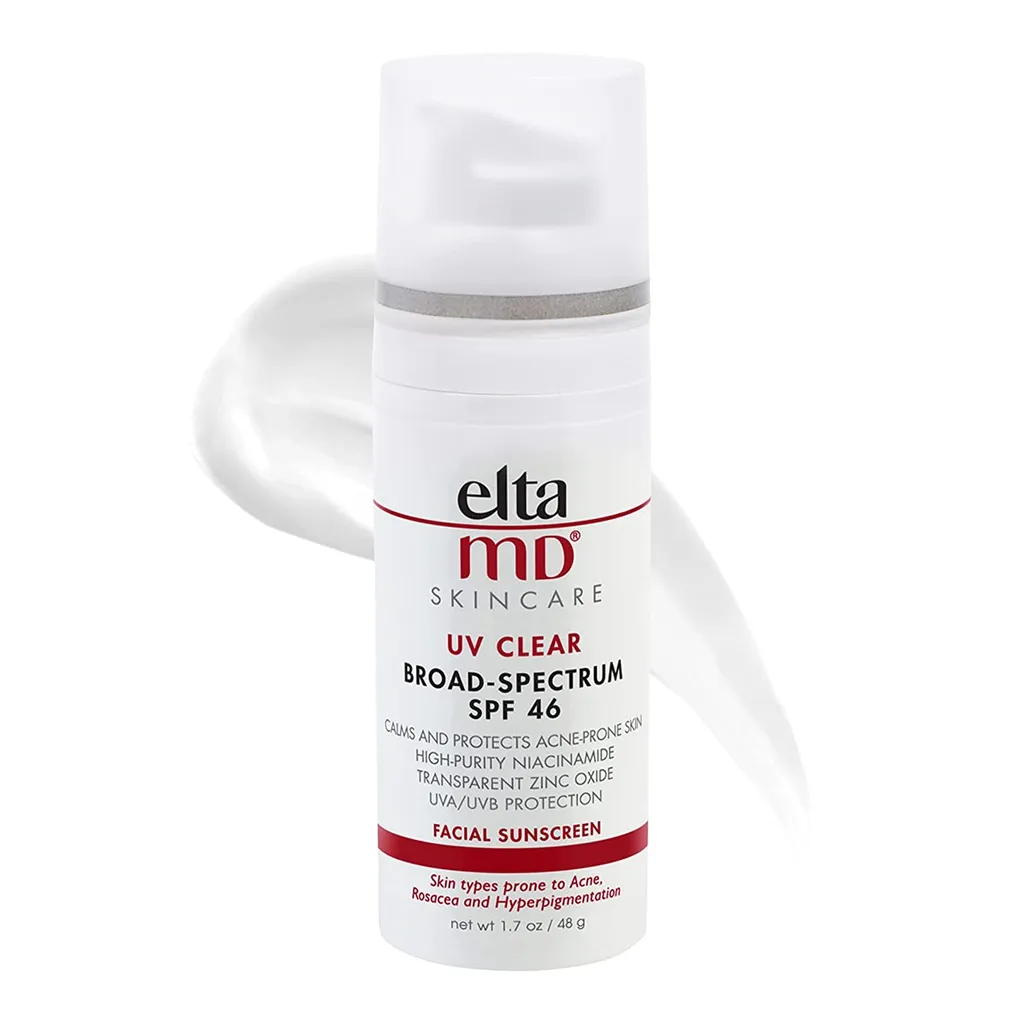
If you have acne-prone skin, EltaMD makes an excellent SPF to wear under makeup. It did not irritate my skin or cause breakouts, and it leaves no white residue. I love how creamy and blendable it is. I used to use this as a primer during the day because it sits so well under foundation.
- Type of protection: hybrid (chemical and mineral)
- Active ingredients: zinc oxide, octinoxate.
- Water-resistant: Yes.
- Pros: Cleans pores and reduces shine.
- Cons: It can be dry for some.
- A positive review: “EltaMD UV Clear has become my go-to daily sunscreen. I have combination skin that tends to break out, and this is one of the few sunscreens that does not feel heavy or clog my pores. It applies smoothly and absorbs quickly, leaving no white cast, which is a huge plus — especially under makeup.
Best for Oily Skin: Black Girl Sunscreen Make It Matte Sunscreen
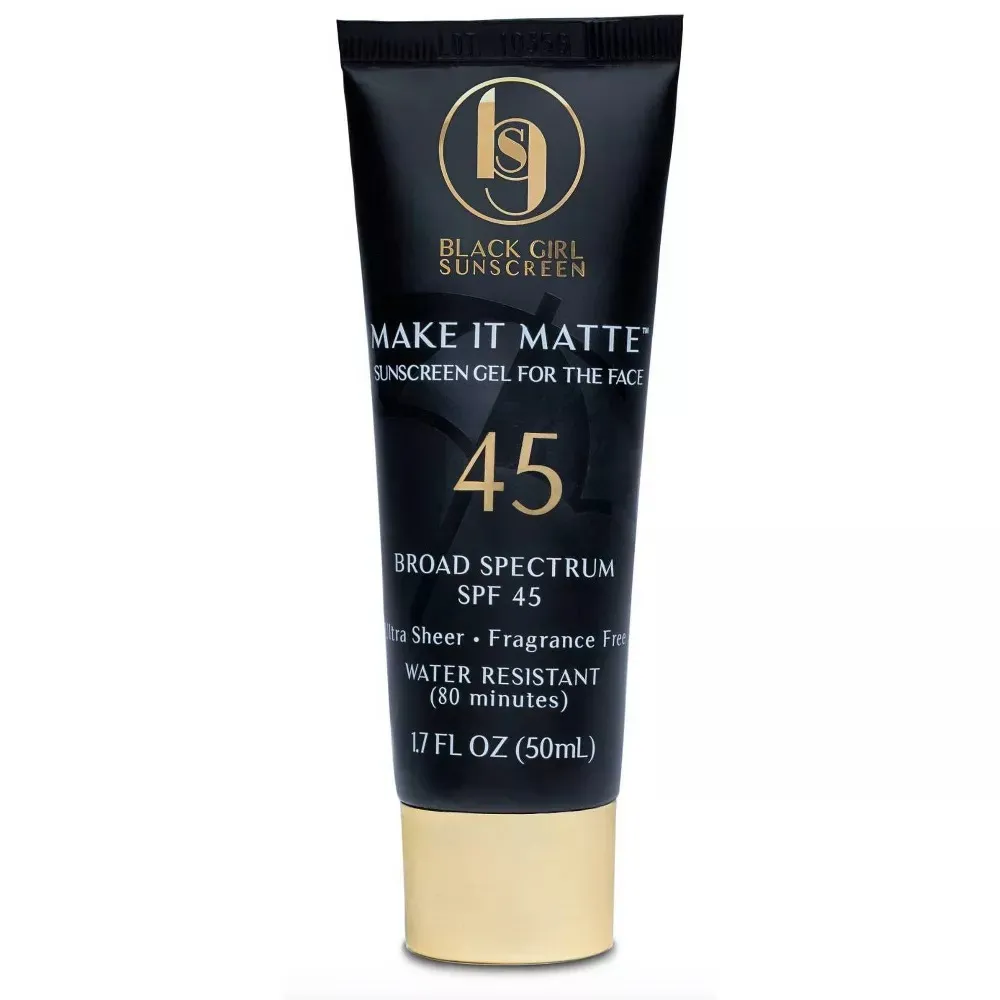
Maya Thomas, WWW’s assistant beauty editor, adores the Black Girl Sunscreen formula. It’s a matte formula that works well as a base for oily skin and contains nourishing ingredients like shea butter.
- Type of protection: chemical
- Active ingredients include avobenzone, homosalate, octisalate, and octocrylene.
- Water-resistant: Yes.
- Pros: Does not clog pores.
- Cons: May be too strong for sensitive skin.
- Promising review: “I cannot say it enough: I adore this sunscreen. I’ve bought three of these so far and have loved every single one. It does not leave a white cast on my face, and the product is not too heavy. I definitely recommend it and will wear it all summer!!”
Best for Dry Skin: Isntree Hyaluronic Acid Watery Sun Gel
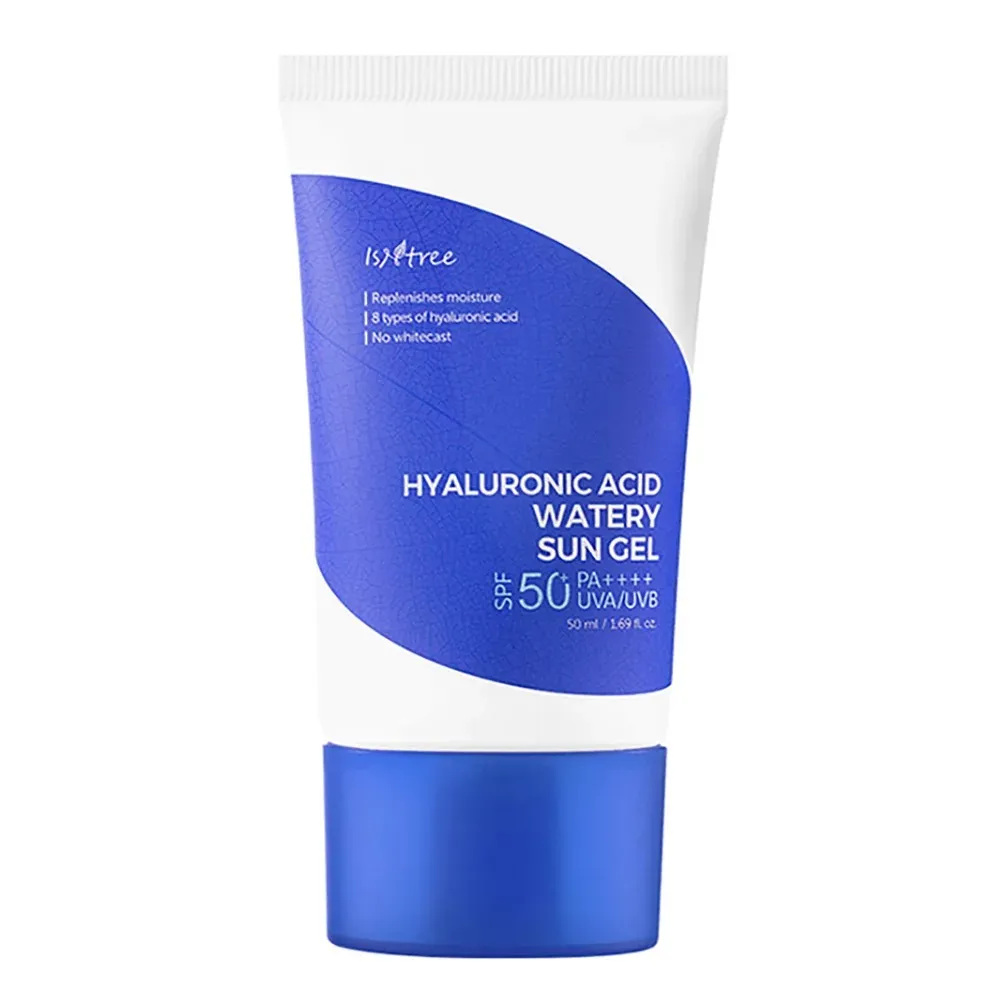
WWW associate beauty editor Kaitlyn McLintock swears by the Isntree formula. Its gel-like texture and eight types of hyaluronic acid in the formula make it an excellent soothing, hydrating complement to your tinted moisturizer, BB cream, or foundation.
- Type of protection: chemical
- Active ingredients include salicylic acid and ceramides.
- Water resistant: No.
- Pros: Does not leave the skin oily.
- Cons: The packaging leaks easily.
- Promising review: “Every sunscreen I’ve ever tried has caused me to break out. This worked perfectly for me—no breakouts, and I can apply it before my moisturizer without feeling heavy. I wish I’d found this sooner. It is my go-to.
Best Stick: Supergoop! Glow Stick Sunscreen SPF 50
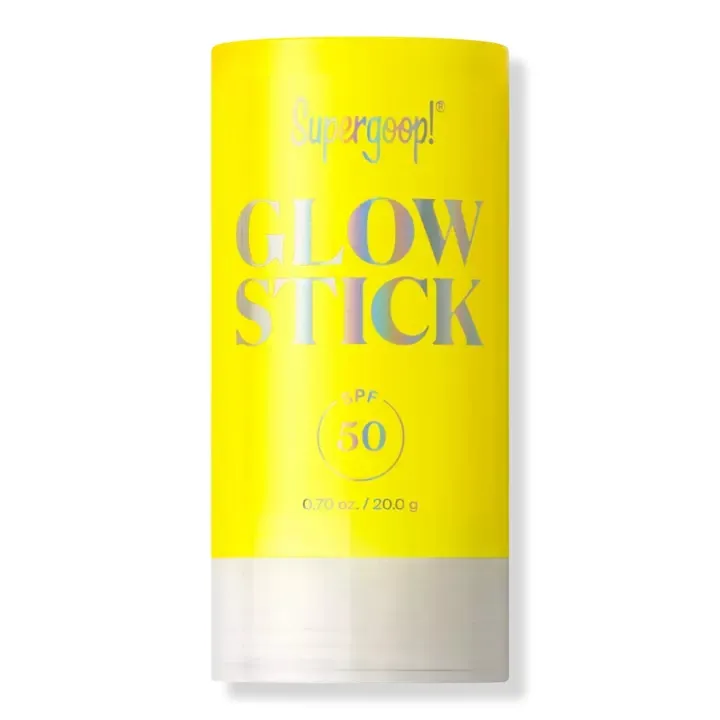
Aniyah Morinia, WWW’s branded content editor for fashion and beauty, also uses a Supergoop! formula but prefers the Glow Stick because it also serves as a great primer. It also provides enough dewy radiance to be used as a highlighter.
- Type of protection: chemical
- Active ingredients: Avobenzone, octisalate, octocrylene, buriti oil, pracaxi oil, and tamanu oil.
- Water-resistant: Yes.
- Pro: Can be used with makeup to create a dewy look; easy to apply.
- Con: Difficult to reapply over makeup.
- Promising review: “It’s non-greasy and very glowy. It does not cause breakouts, and the stick is very convenient, leaving my skin feeling silky.
Best for Combination Skin: SkinCeuticals Physical Fusion UV Defense SPF 50
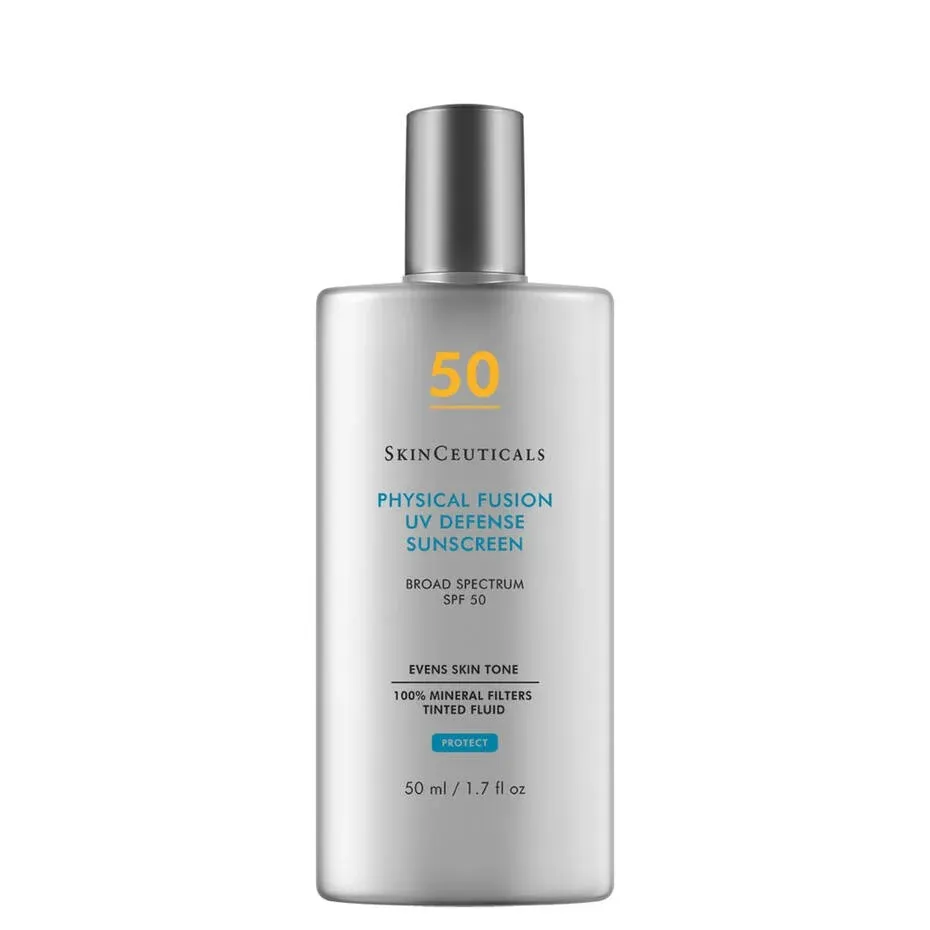
WWW Branded Content Director Caitie Schlisserman and I both enjoy the SkinCeuticals Physical Fusion UV Defense SPF. Because the formula is a little runny, you must shake it well before applying. It does, however, assist to balance out your skin tone and block out blemishes, resulting in an excellent base for foundation.
- Type of protection: mineral
- The active constituents are zinc oxide, titanium dioxide, artemia salina, and translucent color spheres.
- Water-resistant: Yes.
- Pro: Improves natural skin tone and increases luminosity.
- Con: May feel thick on skin throughout the day.
- A positive review: “The physical fusion UV defense tinted sunscreen is the best I’ve ever used. The sunscreen is quite effective, and the tinting evens out my skin tone. “I love it!
More Formulas We Love Under Makeup
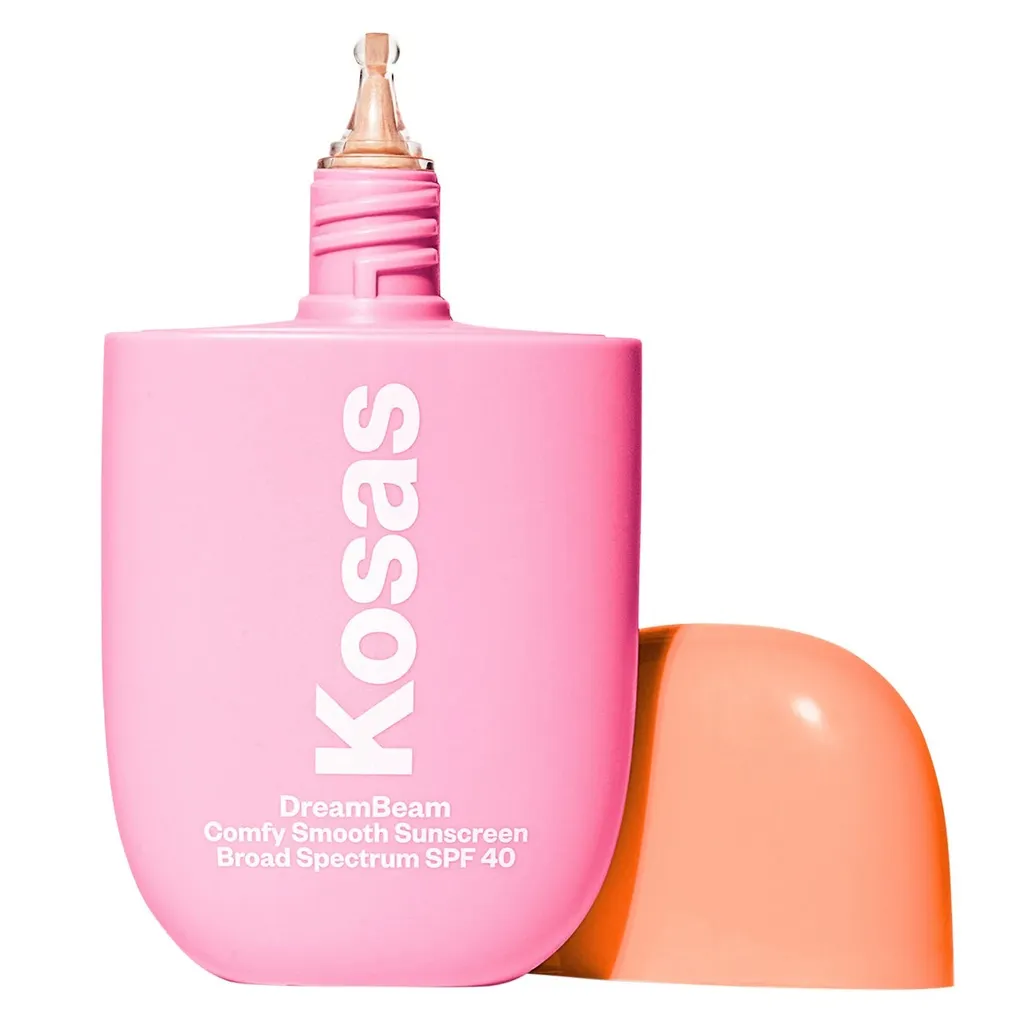
I adore applying Kosas SPF beneath makeup since it gives such a lovely finish. It is silicone-free and does not aggravate my acne-prone skin or produce new outbreaks. It’s an excellent alternative for smoothing and hydrating your skin with peptides, ceramides, and hyaluronic acid. It leaves your skin lush and radiant, ready for any makeup application. My only complaint is that the mixture is quite orange and will stain your clothes if you are not careful.
The Silk Sunscreen SPF 50 Weightless Mineral Sunscreen
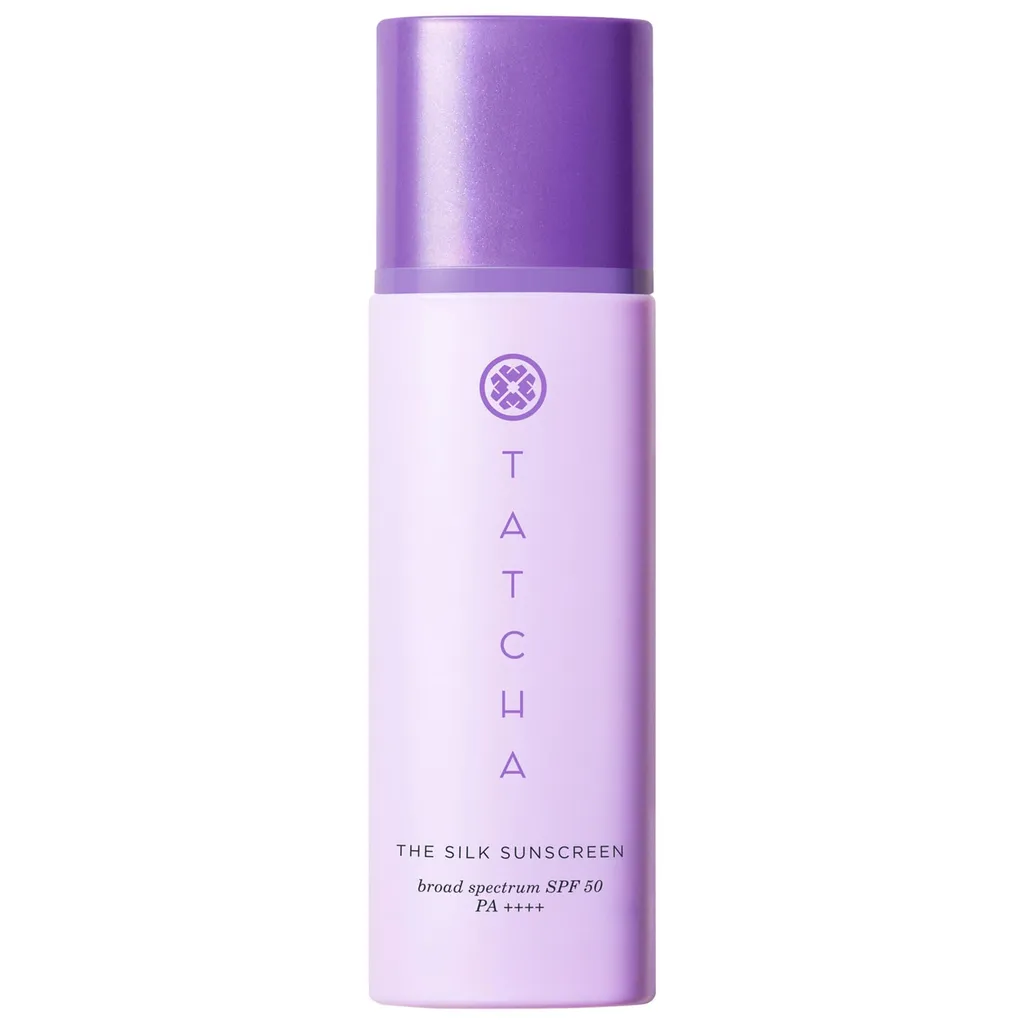
StriVectin Glowfector SPF 30
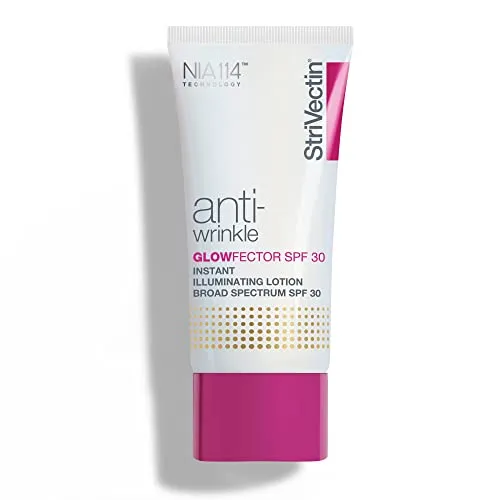
Strivectin’s sunscreen contains licorice root and marshmallow extract, which help restore your skin’s shine, while argan oil promotes hydration. Berohn also prefers this option since it gives your skin a healthy shine and goes nicely with makeup.
Watermelon Glow Niacinamide Sunscreen SPF 50
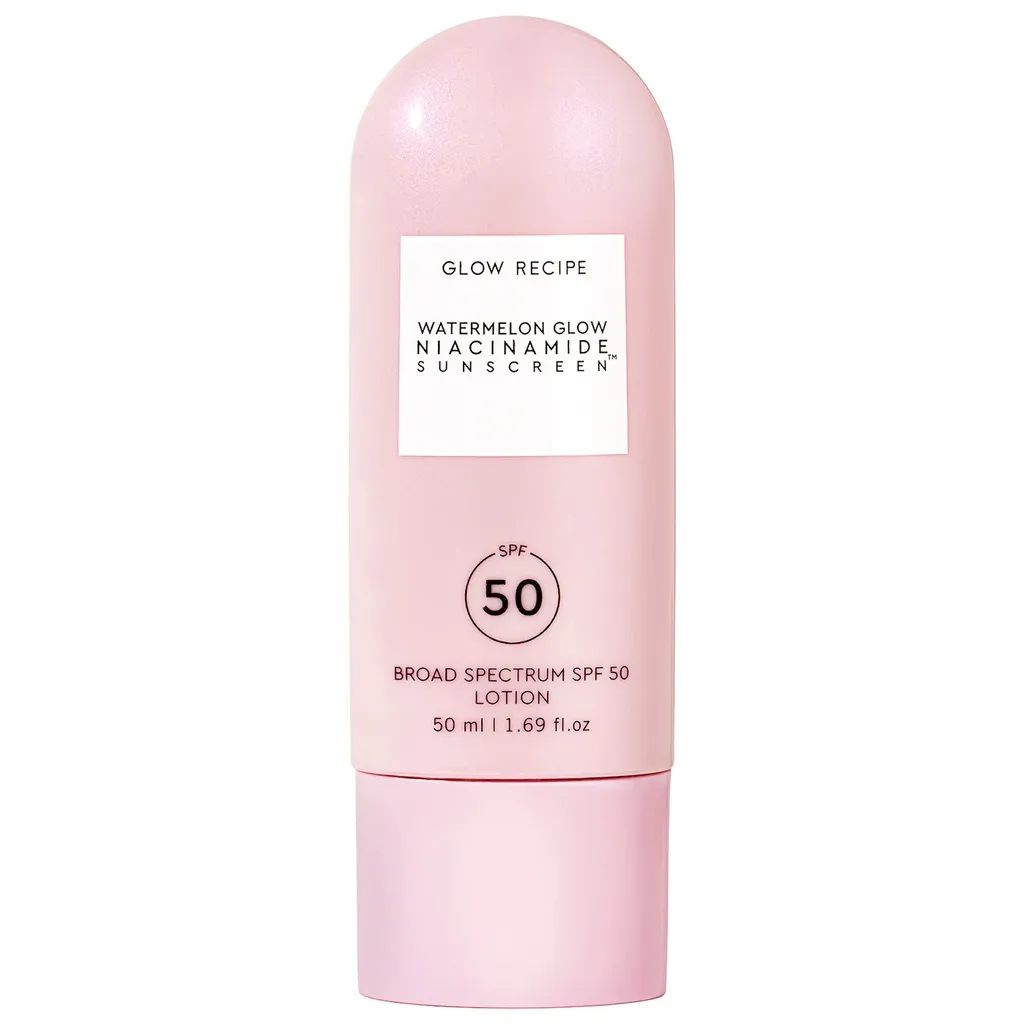
This delicate chemical and mineral SPF from Glow Recipe moisturizes and brightens your skin with hyaluronic acid, niacinamide, and aloe. If you want a more dewy makeup appearance, this is the primer for you.
Questions About Sunscreen
How do I apply sunscreen?
General directions:
Apply 15 minutes before sun exposure. This gives the sunscreen adequate time to provide its full benefit.
Use enough to cover your entire face and body (but avoid the eyes and lips). To evenly cover the body from head to toe, an average-sized adult or child requires at least one ounce of sunscreen (approximately the size of a shot glass).
Know your skin. Under identical conditions, fair-skinned people are more likely to absorb solar radiation and burn than dark-skinned persons.
Reapply at least every two hours, and more frequently if you’re swimming or working out.
Frequently forgotten spots:
- Ears
- Nose
- Lips (use SPF lip balm)
- Back of neck
- Hands
- Tops of feet
- Along the hairline
- Exposed scalp (from balding or thinning hair)
How do I store sunscreen?
To keep your sunscreen in good condition and effective, the FDA recommends that you do not expose sunscreen containers to direct sunlight. Wrap the sunscreen containers in towels or keep them in the shade if they will be exposed to the sun for an extended period of time. This is why sunscreen labels must state, “Protect the product in this container from extreme heat and direct sunlight.
Is sunscreen waterproof?
No. There is no such thing as “waterproof” sunscreen.
People should also understand that no sunscreen is “waterproof.” All sunscreens eventually wash away. Sunscreens labelled “water resistant” must be tested and proven to be water resistant using the required testing protocols. Water-resistant products must also specify on their labels whether the sunscreen is effective for 40 or 80 minutes while swimming or sweating. All sunscreens, whether water-resistant or not, must provide instructions on when to reapply to ensure protection under normal conditions of use.
Do infants and children need sunscreen?
Sunscreen is not suggested for infants under six months of age. The FDA recommends that infants be kept out of the sun between 10 a.m. and 2 p.m., and that they wear protective clothes if they must be in the sun. Infants are more likely than adults to have sunscreen side effects such as a rash. The best protection for infants is to keep them out of the sun completely. Before applying sunscreen to children under the age of six months, consult with their doctor.
For children over the age of six months, the FDA recommends applying sunscreen as advised on the Drug Facts label.
What are the types of sunscreen?
Sunscreen comes in many forms, including:
- Lotions
- Creams
- Sticks
- Gels
- Oils
- Butters
- Pastes
- Sprays
The directions for using sunscreen creams can differ depending on their form. Spray sunscreen, for example, should never be applied directly to the face. This is just one reason why you should carefully check the label before wearing a sunscreen.
What do SPF and Broad Spectrum mean?
Sun protection factor (SPF)
The SPF value represents the level of sunburn protection provided by the sunscreen product. All sunscreens must be evaluated to determine how much ultraviolet (UV) radiation exposure is required to cause sunburn when using the sunscreen versus without using the sunscreen. UV radiation includes both UVA and UVB rays. The product is then labeled with the proper SPF value.
Sunscreens are available in a wide range of SPF levels. Higher SPF levels (up to 50) offer more sunburn protection. Because SPF ratings are derived from a sunburn test, they primarily show a sunscreen’s UVB protection. To obtain the best protection from sunscreen, use a broad-spectrum sunscreen with an SPF of at least 15.
Some people mistakenly believe that SPF is related to period of solar exposure. For example, some people believe that if they ordinarily get burnt in an hour, using an SPF 15 sunscreen allows them to stay in the sun for 15 hours (i.e., 15 times longer) without being sunburned. This is incorrect because SPF is directly related to the amount of solar exposure rather than the length of exposure. Many factors influence how much sunlight we receive. For example, the sun is stronger in the middle of the day than in the early morning and early evening. That implies you’re more likely to become sunburned around midday. Solar intensity is also affected by your geographic location, with higher levels occurring at lower latitudes. As a result, someone who lives closer to the equator may get more solar exposure than someone who lives farther away but spends the same amount of time in the sun.
Broad spectrum
Broad-spectrum sunscreens protect against both UVA and UVB radiation. However, not all sunscreens are broad-spectrum, so search for this information on the label. The SPF rating of a sunscreen product is largely a measure of its amount of UVB radiation protection; however, broad-spectrum sunscreens also protect against UVA radiation. When spending time in the sun, make sure to apply appropriate sun protection measures in addition to your broad spectrum sunscreen. Sunscreen protects against both by forming a chemical barrier that absorbs or reflects UV rays before it may damage the skin.
Sunscreens that are not broad spectrum or do not have an SPF of at least 15 must have the following warning on their Drug Facts label:
Sun exposure raises your risk of developing skin cancer and premature skin aging. This product has been found to help prevent sunburn but not skin cancer or premature skin aging.
What ingredients are in sunscreen?
Every FDA-regulated medication product has active and inactive components. Active elements in sunscreen protect your skin from the sun’s harmful UV radiation. Inactive substances are any ingredients that are not active ingredients, such as water or oil, and may be utilized in sunscreen formulations.
The following is a list of regularly used active compounds in products called sunscreen:
- Aminobenzoic acid
- Avobenzone
- Cinoxate
- Dioxybenzone
- Homosalate
- Meradimate
- Octocrylene
- Octinoxate
- Octisalate
- Oxybenzone
- Padimate O
- Ensulizole
- Sulisobenzone
- Titanium dioxide
- Zinc oxide
Although sunscreen lotions provide protection on the skin’s surface, current research suggests that at least some sunscreen active chemicals are absorbed through the skin and enter the body. This makes it critical for the FDA to understand if and to what extent exposure to specific sunscreen chemicals is connected with any safety issues. The FDA has requested data from the sunscreen sector to prove the safety of its active components.
Does sunscreen expire?
According to FDA regulations, all nonprescription medications must have an expiration date unless the manufacturer’s stability testing demonstrates that the product will remain stable for at least three years. That implies a sunscreen product with no expiration date is declared expired three years after purchase.
To ensure that your sunscreen provides the UV protection claimed on the label, the FDA recommends that you:
- Avoid using sunscreen that has beyond its expiration date.
- Avoid using sunscreen products that have no expiration date and were not acquired within the last three years.
- Sunscreens that have expired may no longer be safe or effective. If you are unsure how old your sunscreen is, discard it.
What about sunscreens from other countries?
While some nations regulate sunscreens differently (for example, as cosmetics), sunscreens are governed as pharmaceuticals in the United States, which means they must meet the same safety and efficacy criteria as nonprescription drug products.
Because sunscreens, when used in conjunction with other sun protection measures, help to prevent sunburn and/or lower the risks of skin cancer and premature skin aging caused by the sun, they must be both effective and safe for their intended purposes.
If you buy sunscreen outside of the United States, make sure to read the label to understand any changes between the product and those sold in the United States.
What are other safety concerns with sunscreen?
Spray sunscreens can be flammable
In the past, people who applied and wore sunscreen spray near open flames caught fire, resulting in severe burns that required medical treatment. Although the exact items alleged to have been used in these cases were voluntarily recalled and are no longer available on store shelves, many other sunscreen spray products still include combustible components, such as alcohol.
combustible products must have a label warning that they are combustible and should not be used near an open flame.
To be safe when applying sunscreen sprays, do the following:
When selecting a sunscreen, consider where you will use it. If you’ll be near a flame, avoid any product with a flammability warning and instead use a non-flammable sunscreen. This guideline is especially crucial when selecting a product for youngsters, who are often active and may be near flame sources.
Do not smoke while applying or wearing flammable sunscreen creams, and stay away from open flames caused by cigarettes, grills, candles, or sparking objects.
Because burns can be more serious in children than in adults, it is critical to keep them safe around flammable materials. Parents and caregivers should read the product label to select the best sunscreen for their children.
Recalled sunscreens
You may have heard that several spray sunscreens were recalled due to benzene contamination. The FDA recommends that customers avoid using recalled sunscreens. Find out whether your sunscreen has been recalled.
The FDA continues to monitor drug quality and, when necessary, urges merchants to remove goods from store shelves and online markets if problems develop. To limit the hazards associated with sun exposure, consumers should continue to utilize sunscreen and other sun protection measures.


